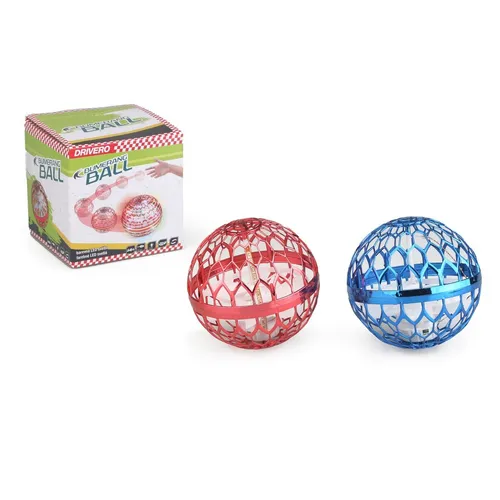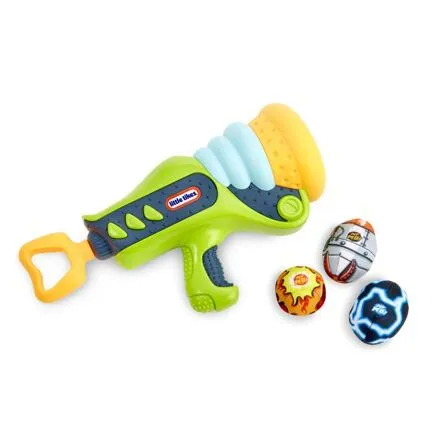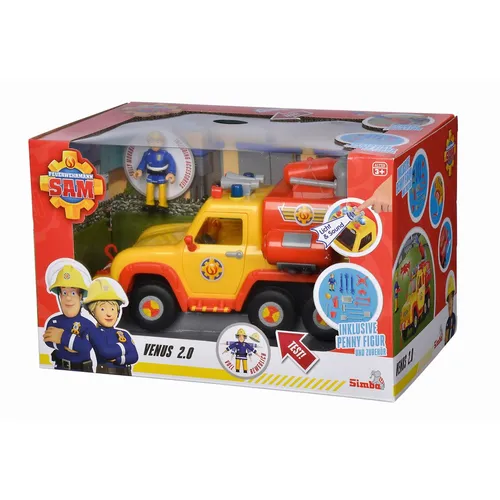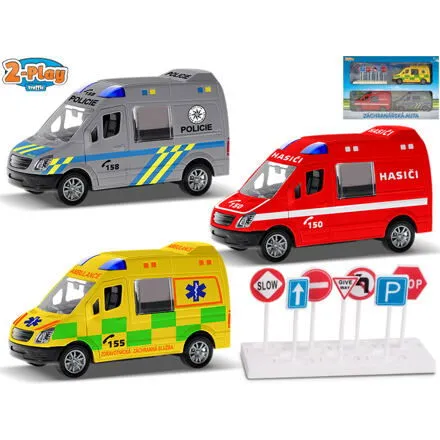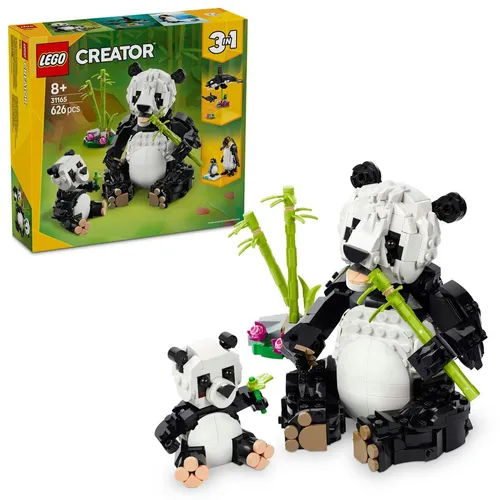Toys
Toys are essential tools for play and learning, designed to engage children of all ages in imaginative and developmental activities. They serve various purposes, from fostering creativity and social skills to enhancing cognitive abilities and motor skills. Toys can range from simple plush animals and building blocks to complex electronic gadgets and educational games. Understanding the intended age group and developmental stage of the child is crucial when selecting toys, as different products cater to varying needs and interests.
When choosing toys, several key factors should be considered to ensure safety, durability, and educational value. First, always check the age recommendations provided by manufacturers, as these guidelines are based on safety standards and developmental appropriateness. Materials play a significant role in the selection process; opt for non-toxic, hypoallergenic, and durable materials that can withstand rough play. Look for toys that encourage active engagement, such as those that promote problem-solving, creativity, and physical activity. Features like adjustable settings, interactive elements, and multi-functionality can enhance the play experience and provide longer-lasting enjoyment.
Different types of toys come with their own advantages and disadvantages. For instance, electronic toys often captivate children with lights and sounds, but they may limit imaginative play and require batteries. On the other hand, traditional toys like wooden blocks or dolls encourage open-ended play, fostering creativity but may lack the instant gratification that electronic options provide. It’s essential to strike a balance between these variations, ensuring that children have access to a diverse range of play experiences.
To maximize the benefits of toys, proper usage, maintenance, and care are vital. Regularly inspect toys for wear and tear, especially those with small parts that could pose choking hazards. Clean toys according to the manufacturer's instructions, using appropriate cleaning agents to ensure hygiene without damaging the materials. Encourage children to take care of their toys by teaching them to store them properly after use, which not only prolongs the life of the toys but also instills a sense of responsibility.
Combining toys can also enhance playtime. For example, pairing building blocks with action figures can inspire imaginative scenarios, while art supplies can complement craft kits, allowing for creative expression. Engaging in play alongside children can further enrich their experience, providing opportunities for bonding and learning. Additionally, consider integrating educational toys that align with school subjects, as this can reinforce learning in a fun and interactive way.
In conclusion, selecting the right toys involves understanding their purpose, considering key factors such as age appropriateness and material safety, and recognizing the advantages and disadvantages of different types. By maintaining and caring for toys properly and exploring creative combinations, parents and caregivers can ensure that children not only enjoy their playtime but also benefit from the developmental opportunities that toys provide. Ultimately, the right toys can significantly contribute to a child's growth, learning, and happiness.
show more text


